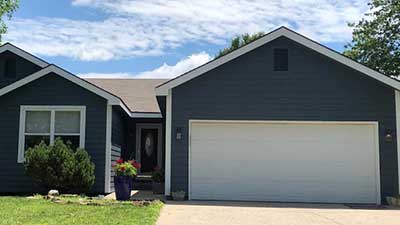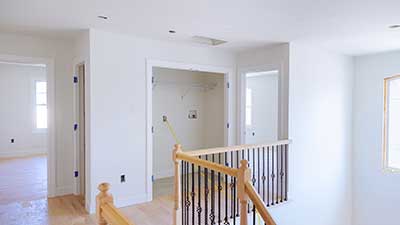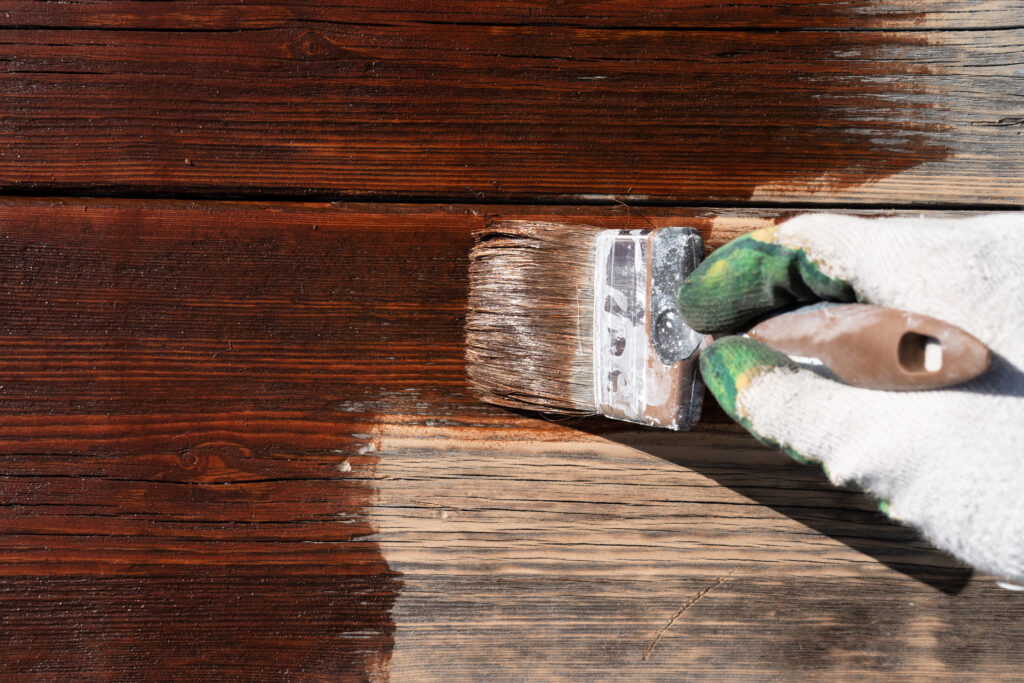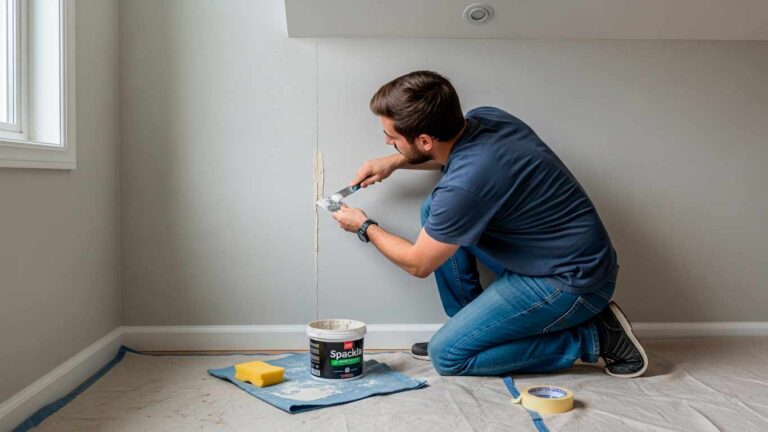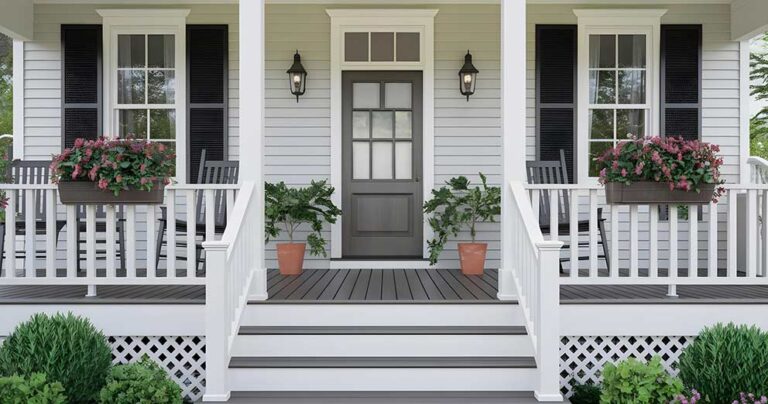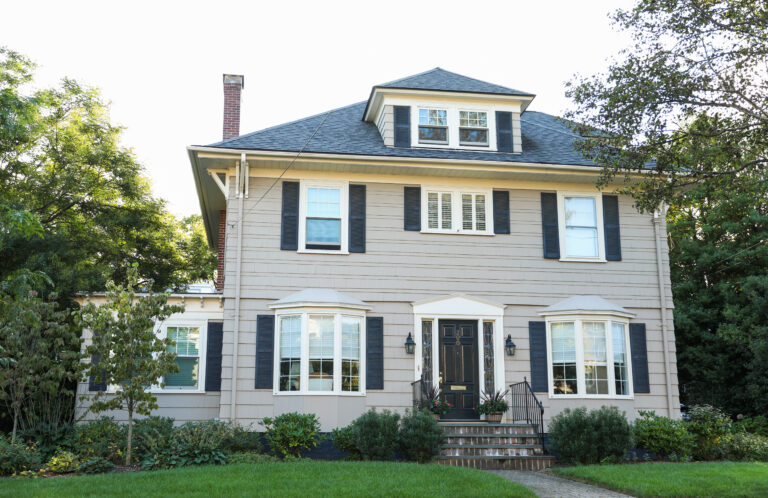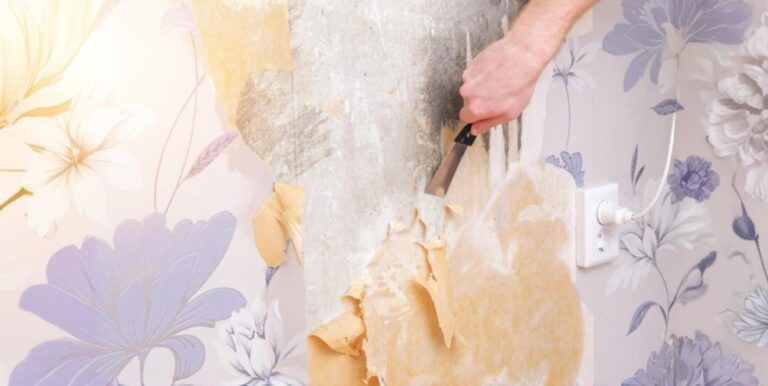When it comes to finishing wood, choosing between stain and paint is a key decision that significantly impacts the final look and durability of your project. Whether you’re working on furniture, a deck, or any wooden surface, understanding the differences between these two options will help you achieve the best results. This article explores stain and paint in terms of durability, aesthetics, application process, and cost, to guide you in making the right choice for your next project.
Key Takeaways
- Stain penetrates the surface of wood, enhancing the natural grain for a warm, organic finish.
- Paint provides a solid, protective layer that covers imperfections and offers a wide range of colors.
- Stain is ideal for wood furniture pieces where the natural beauty of the wood is a key feature.
- Paint generally lasts longer and requires less frequent maintenance compared to stain.
- Choose stain for outdoor wood projects where you want to highlight the wood’s natural appearance.
- Paint is better for covering flaws and achieving a smooth, uniform finish on wooden furniture.
What is Stain?
Stain is a wood finish designed to enhance the natural beauty of wood by penetrating its surface and highlighting the grain. Unlike paint, which sits on top of the wood, stain is absorbed into the wood fibers, providing a more natural look. There are various types of stains, including gel stains, oil-based stains, and water-based stains, each offering different benefits and finishes. For example, oil-based stains are known for their rich color and durability, while water-based stains dry faster and have lower VOC (volatile organic compounds) emissions, making them a more environmentally friendly option.
Stain is particularly popular for projects where the natural beauty of the wood is the main feature. It allows the grain to remain visible, creating a warm, natural look that can complement various styles, from rustic to modern. Whether you’re working on a deck, siding, or furniture pieces, stain is a great choice if you want to maintain the wood’s organic appearance.
What is Paint?
Paint, on the other hand, provides a solid, opaque finish that covers the wood’s surface entirely. This can be ideal for projects where you want to add color, cover imperfections, or achieve a specific design aesthetic. Paint comes in various types, including latex paint and oil-based paint, each suited for different applications. Latex paint is water-based, easy to clean, and flexible, making it less likely to crack over time. Oil-based paint, while more durable and better at withstanding harsh weather conditions, takes longer to dry and can emit more fumes.
Applying paint to wood creates a smooth, uniform surface that can be finished in a variety of sheens, from matte to high gloss. This makes paint a versatile option for both interior and exterior projects, particularly when you want a bold color or need to protect the wood from moisture, UV rays, and other environmental factors.
Stain Durability
The durability of a stained surface largely depends on the type of stain used and the conditions to which the wood is exposed. Oil-based stains tend to offer superior durability, especially in outdoor settings, as they penetrate deeply into the wood and provide long-lasting protection against the elements. Semi-transparent stains, which offer some color while still allowing the grain to show through, also provide good durability and are often used on decks and fences.
However, stains typically require more frequent maintenance than paint. Over time, the stain can fade or wear away, particularly in areas with heavy foot traffic or exposure to intense sunlight. Regular reapplication is necessary to maintain the wood’s appearance and protection. Despite this, many homeowners prefer the natural look that stain provides, even if it means committing to periodic upkeep.
Paint Durability
When it comes to durability, paint normally lasts longer than stain, especially on surfaces exposed to harsh weather conditions. A properly applied coat of paint can protect wood from moisture, sun damage, and wear for several years before it needs to be reapplied. This makes paint an excellent choice for projects that require long-term protection, such as exterior siding, trim, and fences.
Paint forms a protective barrier on the surface of the wood, sealing it against water and preventing rot. It also protects against UV rays, which can cause wood to fade and degrade over time. While paint may require less frequent maintenance than stain, it can peel or crack if not applied correctly or if the wood beneath it swells and contracts with changes in humidity and temperature. Regular inspection and touch-ups are recommended to ensure the painted surface remains in good condition.
The Natural Look
For those who appreciate the natural beauty of wood, stain is the preferred option. Stain enhances the wood’s grain, giving it depth and character that paint cannot achieve. This makes it ideal for projects where the wood itself is the star of the show, such as hardwood floors, wooden furniture, or cedar siding. The warm, organic look of stained wood can create a cozy, inviting atmosphere in any space.
Stains are available in a range of colors, from light, natural tones to darker shades that can give wood a rich, aged appearance. The color of the stain can be customized by applying multiple coats or mixing different stain colors, allowing for a high degree of personalization. However, it’s important to note that the final color of a stained surface will depend on the type and color of the wood, as well as how well the stain is absorbed.
The Solid Color Finish
Paint, in contrast, offers a more uniform and vibrant finish that can completely transform the look of a wooden surface. If you want to add a pop of color to your space or need to cover up imperfections in the wood, paint is the way to go. With paint, you have an almost limitless palette of colors to choose from, making it easy to match your project to your home’s decor or to achieve a specific design vision.
Paint also provides a smooth, even surface that can help hide flaws in the wood, such as knots, cracks, or discoloration. This makes it a popular choice for furniture pieces, cabinetry, and trim, where a flawless finish is desired. Additionally, paint can be used to create decorative effects, such as stripes, patterns, or even murals, adding a unique touch to your project.
Staining Wood Surfaces in Easy Steps
The process of staining wood is relatively straightforward but requires attention to detail to achieve the best results. First, preparation is key. Begin by thoroughly cleaning the wood surface to remove any dust, dirt, or old finish. Sanding the wood helps open up the pores, allowing the stain to penetrate more deeply and evenly. It’s important to wipe down the surface with a damp cloth after sanding to remove any remaining dust particles.
Once the wood is prepped, apply the stain using a brush, rag, or sponge, following the direction of the grain. Applying multiple thin coats rather than one thick coat ensures a more even finish. After applying the stain, wipe off any excess with a clean cloth to avoid blotches. The drying time can vary depending on the type of stain used, but it’s generally advisable to wait at least 24 hours before applying a protective topcoat like polyurethane or varnish.
Staining can be a rewarding process that brings out the natural beauty of the wood. It’s particularly well-suited for projects where the grain and texture are features you want to highlight. The key is to take your time and ensure that each step is completed with care.
Painting Wood Surfaces in Easy Steps
Painting wood involves a more involved process compared to staining, but it offers a greater variety of color and finish options. The first step, as with staining, is surface preparation. Clean the wood thoroughly and sand it smooth to create a good surface for the paint to adhere to. Unlike staining, painting usually requires the application of a primer, especially if the wood is bare or if you are painting over a darker color.
The primer helps to seal the wood and provides a uniform base for the paint, ensuring better adhesion and durability. Once the primer is dry, apply the paint in thin, even coats. Using a high-quality brush or roller can help achieve a smooth finish. Depending on the type of paint and the look you’re going for, you may need to apply two or more coats. Be sure to allow each coat to dry thoroughly before applying the next.
After the final coat of paint has dried, you can add a protective topcoat if desired. This is especially recommended for high-traffic areas or outdoor projects to protect the paint from wear and weather. Painting offers the flexibility to completely change the look of a piece or surface, making it a popular choice for a wide range of projects.
Cost of Wood Stain vs. Paint
When considering the cost of stain versus paint, several factors come into play. Generally, stain is less expensive than paint, especially when comparing the cost per gallon. However, the overall cost of a project depends on the specific materials used and the size of the area being covered.
Stain typically requires fewer coats than paint, which can reduce both material and labor costs. However, because stain may need to be reapplied more frequently, the long-term costs can add up. For example, a deck stained with a semi-transparent stain might need to be restained every two to three years to maintain its appearance and protection.
Paint, while generally more expensive upfront, often requires less frequent maintenance. A well-painted surface can last five to ten years or more before needing to be repainted. This durability can make paint a more cost-effective option in the long run, particularly for exterior surfaces that are exposed to the elements.
Best Choices for Wood Furniture
Choosing between stain and paint for wood furniture depends on the look and durability you want. Stain enhances the natural grain of the wood, making it ideal for high-quality pieces where the wood’s texture is a key feature. It’s a popular choice for rustic or traditional styles, offering a warm, natural finish.
Paint, however, is more versatile in color and can cover imperfections, creating a smooth, uniform surface. It’s perfect for updating old furniture or achieving a modern look. While paint offers more design flexibility, it also conceals the grain, making it difficult to revert to a stained finish later.
Ultimately, stain brings out the inherent beauty of wood, while paint offers a sleek, customizable finish.
When to Choose Stain
Stain is an excellent choice for projects where the natural wood is the main attraction. It’s ideal for outdoor projects like decks, fences, and siding, where you want to enhance the wood’s appearance while providing some protection against the elements. Stain is also a great option for interior projects like floors and wooden furniture, where the grain adds character and warmth to the space.
Stain works best on surfaces that are in good condition, as it does not cover up imperfections as paint does. If you have a piece of furniture or a wood surface that you want to highlight, stain is likely the better option. It’s also a good choice if you’re looking for a more environmentally friendly finish, as water-based stains have lower VOC levels compared to many paints.
When to Choose Paint
Paint is the go-to option when you need to cover imperfections, add color, or create a specific design. It’s particularly useful for projects where the wood surface is damaged or unattractive, as paint can completely transform the look of the wood. Paint is often the better choice for exterior surfaces that need strong protection against the weather, such as doors, window frames, and siding.
For interior projects, paint is a versatile option that can match any decor style, from modern to traditional. It’s also easier to clean painted surfaces, which is an important consideration for high-traffic areas like kitchens, bathrooms, and children’s rooms. If you’re looking for a finish that will last a long time with minimal maintenance, paint is usually the best choice.
Is it Better to Paint or Stain?
The decision to paint or stain depends on your specific project and the results you want to achieve. If you’re working with high-quality wood and want to showcase its natural beauty, stain is the way to go. Stain works best for enhancing wood grain, adding warmth, and preserving the wood’s organic look.
On the other hand, if your priority is durability, color, or covering imperfections, paint is the better choice. Paint provides a solid, protective barrier that can withstand the elements and last for years with minimal maintenance. It also offers more flexibility in terms of color and finish, allowing you to achieve a precise look.
Conclusion
Choosing between stain and paint comes down to your project goals, the condition of the wood, and the look you want to achieve. Both options have their strengths: stain is perfect for highlighting natural wood beauty, while paint offers durability and a wide range of color options. By considering factors like durability, aesthetics, cost, and maintenance, you can make an informed decision that will ensure your wood looks great and lasts for years to come.
FAQs
What is the difference between gel stain and traditional wood stain?
Gel stain sits on the surface of the wood, providing a more uniform color, while traditional wood staining penetrates the wood for a more natural look.
Can chalk paint be used on wood furniture?
Yes, chalk paint is popular for wood furniture because it adheres well to surfaces without needing extensive prep work and provides a matte, vintage finish.
Is spray paint a good option for wood projects?
Spray paint can be a great choice for wood projects, offering an even coat and quick application, especially on intricate or detailed surfaces.
How do I choose between paint and stain for my wood finish?
Choose paint for a solid color and stain for enhancing the natural wood grain, depending on the desired look for your wood finishes.
What are the best wood finishes for protecting wood furniture?
The best wood finishes for protecting wood furniture include polyurethane, varnish, and wax, which offer different levels of protection and shine.
Can I use both paint and stain on the same wood project?
Yes, combining paint and stain can add depth and contrast to a wood project, such as staining the main surface and painting the trim.







